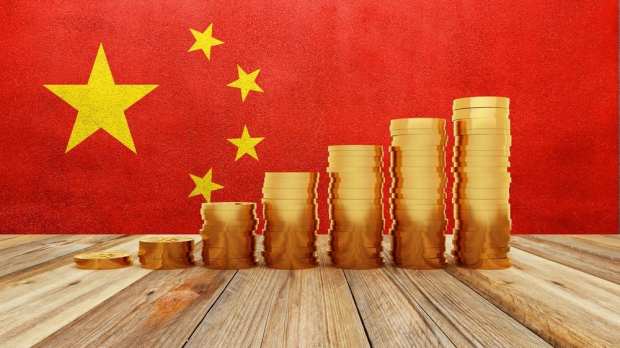Why China’s SMB IOUs Spell Out Troubles Ahead

Déjà vu for IOUs — and because this is China we’re talking about, it may be the world economy that ultimately pays.
First the headline numbers. The New York Times reports that amid the slowing Chinese economy, where headwinds are getting windier amid a lengthy and intensifying trade war, businesses are accepting IOUs from one another.
A lot of IOUs. More than $200 billion in IOUs. The Times spotlights real estate amid other sectors where promises to pay are accelerating across a supply chain that links architects, builders and banks, among others.
The financial term is a mouthful — “commercial acceptance bills” (we will use the acronym CAB here) — but the concept is rather basic. Consider it the economic equivalent of Wimpy from the Popeye comics, he who will gladly pay you Tuesday for a hamburger today.
Tuesday seems … far off.
IOUs are a placeholder, a promise that depends on future times getting better, where corporate coffers get full again (or get some sort of replenishment) and the chain gets stronger as companies pay each other what is owed.
In China, cash comes from banks, and banks are not lending, at least not so much to private companies that do not have the guarantee of government backstops.
And, as reported, the government itself has been busy the past few years cracking down on shadow lending, which means that these private firms cannot turn to alternative lenders.
So: One supplier that cannot pay another supplier means that the ripple effect keeps on going, until someone steps in, with cash, and that stops the chain of promises.
We’ve been down this road before. The Times recounts that $86 billion in IOUs changed hands two decades ago and back then the IOUs were tied to state-owned enterprises, and eventually the government intervened and wrote off the debt.
This time around may be different. The property sector is slowing, and per The Times, one large company, Evergrande, owes as much as $20 billion in IOUs (though it has said that only a small part are CABs) in a sector that is seeing mounting bankruptcies.
It should be understood that this seems a domestic issue, where companies trading with each other within China are using trust to keep things afloat. But then again, consider the fact that there are secondary markets springing up to trade the promises to pay. Secondary markets spring up when someone buys those notes for less than they are worth in the hopes of making a quick buck (or yuan). Might the trust be eroding a bit?
The promises to pay also spotlight the vagaries of trade finance. We’ve spotlighted that fact through a series of interview with Fundbox and, as noted most recently in an interview with Abbie McBride, larger firms have the balance of power, and can opt to pay late, because smaller firms cannot survive the loss of business. A May 2019 report done in collaboration between PYMNTS and Fundbox titled, “The Trade Credit Dilemma” showed how, for US firms alone, the amount owed to suppliers on any given day is more than $3 trillion. That’s with a banking system that ostensibly is a bit more liquid than China’s is proving to be.
As property goes in China, so might other ripple effects cascade? The boom that goes bust means the Chinese consumer (a number of whom are employed in that sector) might seize up on the purse strings, which in turn hits retailers domestic and foreign.
Two decades ago, when the IOU downturn hit China, as recounted by The Times this week, China was, as yet, a full force in the world economy with all the interdependence that implies. China joined the World Trade Organization in 2001, and as a more fully integrated trading partner has boosted sales to other countries and bought more too. Amid tariff and currency devaluations, now comes the credit crunch in China, which could, eventually, hit other countries.
In that event: China’s IOUs may be a warning, rendered in shorthand: It’s Only Uphill from here.
